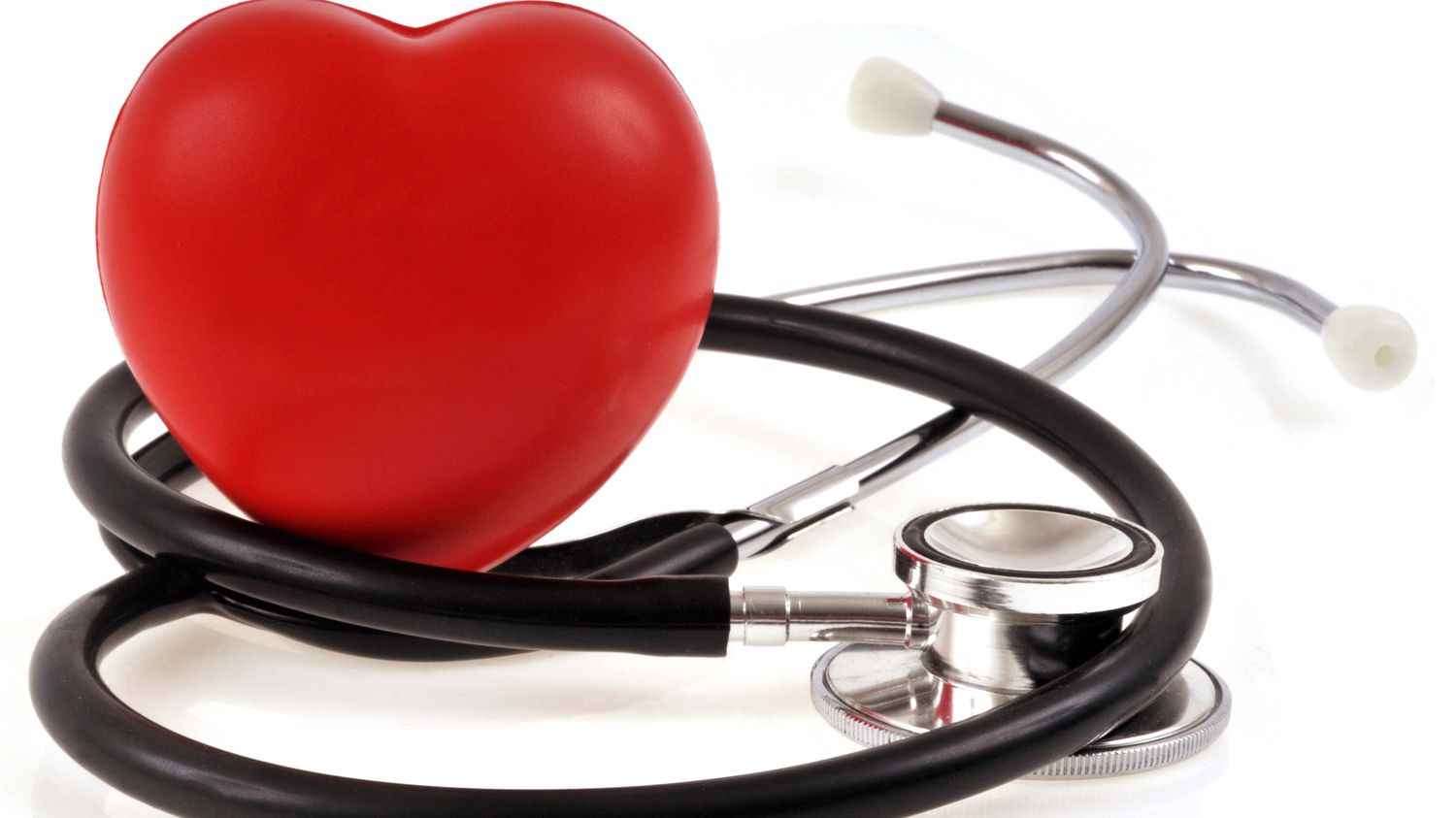A week after the start of the Millas bus accident trial. The driver is today in intensive care after having cracked, Thursday, September 22, in full hearing. She was a victim, according to her lawyer, of the “broken heart” syndrome.
Article written by
Published
Update
Reading time : 1 min.
The “broken heart” syndrome is a bit like a heart attack but caused by intense stress, an overflow of emotions that leads to paralysis of the heart. The heart muscle no longer performs its role as a pump, which obviously causes serious complications. The first researchers to have described this syndrome were Japanese, in the 1990s. They gave it a name: the tako-tsubo, octopus trap in Japanese. It’s actually a reference to the shape the left ventricle of the heart takes when the seizure strikes. Today, we speak of “broken heart” syndrome or stress cardio-myopathy.
The main victims of this syndrome are women over 50: they represent more than 80% of cases. This remains a rare but not exceptional pathology: 1,500 people are affected each year in France. According to an American study, the Covid pandemic would have quadrupled the number of cases due to the psychological and economic stress linked to confinements.
Concretely, the symptoms are the same as those of a heart attack: intense chest pain, a desire to vomit, pain in the arms, the jaw, feelings of palpitations and great fatigue. This can be progressive and it is therefore obviously necessary in this case to consult.
The “broken heart” syndrome is not irreversible in the vast majority of cases. Patients survive, if they are taken care of in time. The heart returns to its original shape in a few weeks after medical monitoring and rehabilitation. But for the moment, there is no specific treatment and the sequelae can be heavy, the heart muscle can be damaged.
This is why Scottish scientists have just launched a clinical trial campaign. For three years, they will follow a hundred patients affected by this syndrome. With one goal: to develop a standardized therapy to help doctors treat patients with this “broken heart” syndrome.
